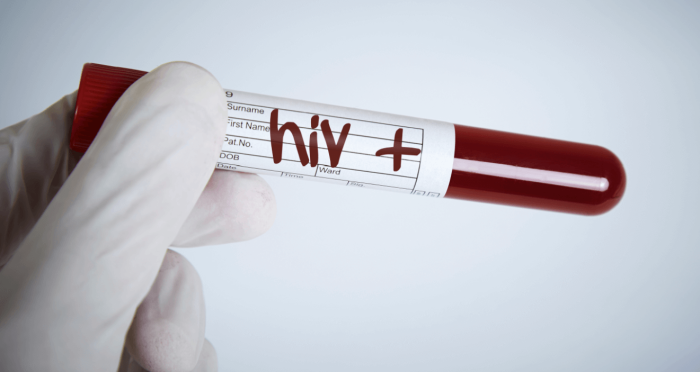In 1981, a rare infection was first detected in the United States. The virus was eventually identified as acquired immune deficiency syndrome, or AIDS, and a global pandemic — and panic — ensued.
“Fast-forward 30-plus years, and because of treatment advancements, people are living longer and thriving and yet, the stigma persists, and there still is no cure,” said Sharen Duke, executive director and CEO of The Alliance for Positive Change in New York. “I think that public perception is that AIDS is no longer a crisis, but the truth is that absent a cure, we have to prevent new infections in order to really tackle this disease.”
That’s where events like World AIDS Day come in. Designated as Dec. 1 in 1988 as the first-ever global health day, World AIDS Day has become a way to remember those who died, celebrate those still living with HIV and continue raising awareness and advocating for policies and resources to end AIDS once and for all.
“World AIDS Day is a day when we at the Alliance do what we do every day, and it’s an opportunity for municipalities across the nation to remember and recognize and continue to fight,” Duke said.
New diagnoses of HIV have been declining in the since the mid-2000s, even reaching a historic low in New York last year, the city’s Health Department announced Thursday.
“I think part of that attributes to the success of prevention education and syringe exchange, where new infection rates among injection drug uses have declined significantly,” Duke said of that feat, which occurred even as the nation faces an opioid epidemic.
As people with HIV are living longer, they’re now facing aging, something early patients sadly didn’t get a chance to.
“So many people died so young. Now folks who are living with HIV for 30 years are also experiencing hypertension and co-infection with hepatitis and diabetes,” Duke said. “I can only tell you anecdotally that a lot of our folks have chronic conditions related to liver and kidney dysfunction, which could be a side effect of HIV medication. There were medications early on that were very harsh on liver and kidneys.”
Prevent AIDS to end AIDS
“The only way to end AIDS is to end new infections and prevent new infections,” Duke said.
To that end, she encourages the public to receive an AIDs test at least once a year, engage in safe sex by using condoms or dental dams and use clean needles or syringe exchanges.
“If you’re not able to stop using drugs, then we want to teach you to use them safely,” she said.
A closer look at The Alliance for Positive Change
The Alliance has a full slate of events planned for World AIDS Day, including free testing, seminars, poetry readings and movies. Additionally, the organization will receive an award from NYC Health Commissioner Mary Bassett for its extensive work since its founding 27 years ago.
Learn a little more about the Alliance:
• The Alliance cared for 6,127 clients at its six locations last year and reached more than 14,500 New Yorkers through peer education and outreach initiatives
• 51 percent of clients are black, 36 percent are Latino and 2 percent are Asian/Native American
• 32 percent are women
• 71 percent are active or recovering substance users
• 27 percent have a history of incarceration
• 50 percent are homeless or need housing assistance
• 33 percent are LGBTQ
• 48 percent live in Manhattan, 28 percent in the Bronx, 14 percent in Brooklyn and 6 percent in Queens
To learn more and see the Alliance’s schedule of events on World AIDS Day, visit alliance.nyc.


















